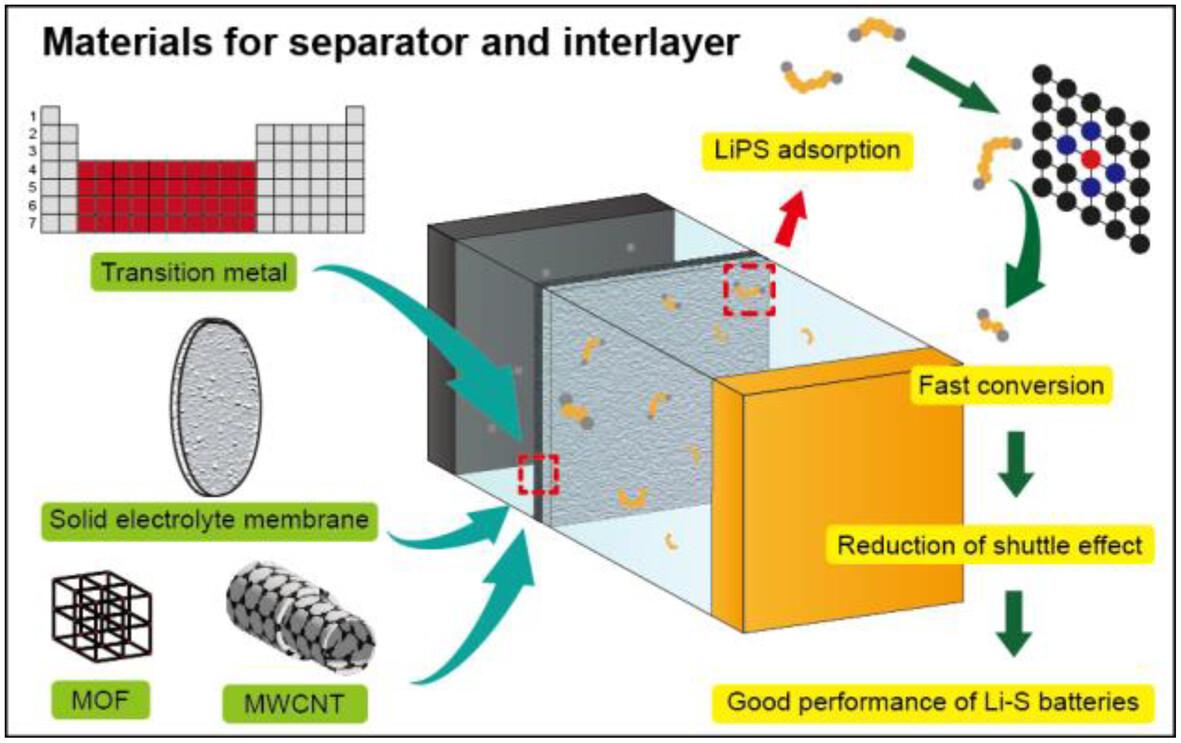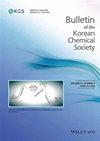用于高性能锂-S 电池的最新层间和隔膜设计方法
IF 1.7
4区 化学
引用次数: 0
摘要
与锂离子电池相比,锂硫电池(LSB)具有显著的高容量,而且硫的成本较低,因此作为有前途的下一代电池备受关注。然而,LSB 的固有问题之一是 "穿梭效应",它会导致锂金属阳极不稳定和容量衰减。这仍然是在工业应用之前必须克服的一大障碍。因此,要实现 LSB 的商业化,必须抑制这种穿梭效应。从这个角度出发,本综述将重点介绍层间和隔膜改性方法和材料的分类,这是解决穿梭效应的有效方法之一。本文章由计算机程序翻译,如有差异,请以英文原文为准。

Recent interlayer and separator design approaches for high-performance Li–S batteries
Lithium–sulfur batteries (LSBs) have attracted attention as promising next-generation batteries due to their remarkably high capacity compared to lithium-ion batteries and the low cost of sulfur. However, one of the inherent problems of LSBs is the “shuttle effect,” which causes lithium metal anode instability and capacity fading. This is still a major barrier that must be overcome before it is used in the industry. Therefore, to commercialize LSBs, it is essential to suppress this shuttle effect. From this point of view, this review focuses on the categorization of the methods and materials for interlayer and separator modification, which is one of the effective ways to address the shuttle effect.
求助全文
通过发布文献求助,成功后即可免费获取论文全文。
去求助
来源期刊

Bulletin of the Korean Chemical Society
Chemistry-General Chemistry
自引率
23.50%
发文量
182
期刊介绍:
The Bulletin of the Korean Chemical Society is an official research journal of the Korean Chemical Society. It was founded in 1980 and reaches out to the chemical community worldwide. It is strictly peer-reviewed and welcomes Accounts, Communications, Articles, and Notes written in English. The scope of the journal covers all major areas of chemistry: analytical chemistry, electrochemistry, industrial chemistry, inorganic chemistry, life-science chemistry, macromolecular chemistry, organic synthesis, non-synthetic organic chemistry, physical chemistry, and materials chemistry.
 求助内容:
求助内容: 应助结果提醒方式:
应助结果提醒方式:


